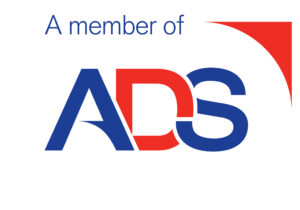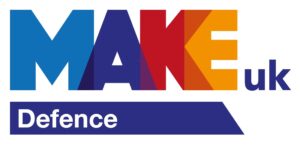Iran Country Overview
Iran, located between the Persian Gulf and Caspian Sea, borders several countries and has a population of over 82 million, with Tehran as its capital. Persian is the official language, and Shi'a Islam is the state religion, though other religions are recognised.
Iran General Information
Capital: Tehran
Language: Farsi (official), Kurdish, Azeri
Religion: 89% Shia Muslim, 10% Sunni Muslim, 1% Zoroastrian, Jewish, Christian, Baha’i
Currency: Iranian Rial (IR)
Cryptocurrency: There is no information provided in the search results about Iran having an official cryptocurrency.
GMT: UTC+3.5 (8.5 hours ahead of Washington, DC)
About Iran
The Islamic Republic of Iran is a Middle Eastern nation, located between the Persian Gulf and Caspian Sea. It borders Armenia, Azerbaijan, Turkmenistan, Afghanistan, Pakistan, Iraq and Turkey. Iran has a population of just over 82 million people, with 8.43 million of these living in the capital, Tehran. Other major population centres include Mashhad, Isfahan and Shiraz.
Persian, or Farsi, is Iran’s official language, although a number of other ethnic languages are also spoken. The vast majority of the population are Shi’a Muslims, and the state religion is Shi’a Islam; Zoroastrianism, Judaism and Christianity are also recognised, however.
Iran is seen as having very high levels of risk in its business climate, and its political-economic situation. This risk stems from the international image and consequences of Iranian international activities as well as domestic institutional weaknesses.
Corruption also poses a major obstacle to business in Iran; differing forms of corruption pervade all parts of the Iranian economy and political life. As such, Iran is ranked 130 of 180 in Transparency International’s 2017 Corruption Index.
Iran’s GDP currently totals US$418.88 billion. Real GDP growth is expected to fall slightly from 2017 to 4%, which at the present is forecast to remain a steady growth rate through 2022. Iran is officially a theocratic republic, with Supreme Leader Ali Hoseini-Khamenei being the Chief of State. The government is headed by President Hasan Rouhani who selects a cabinet with the approval of the legislature, although the Supreme Leader may select certain ministers.
The Supreme Leader is appointed for life by the Assembly of Experts, whilst the President is elected every four years by absolute majority popular vote, with the next election to be held in 2021. The Legislative branch consists of the 290 seat Islamic Consultative Assembly. 285 members are elected in single and multi-seat constituencies every four years, with the next scheduled for 2020. One seat is each reserved for Zoroastrians, Jews, Christians and Armenians in Iran’s North and South.
Although elected by popular vote, each candidate must be approved by the Guardians Council, of which the Supreme Leader and judiciary wield much influence.
Need advice?
If you’d like further information, or to discuss working with us, you can get in touch via our Contact Us page or making an enquiry below.
Drop us a message
To learn more about our legal services kindly reach out by completing the form on the right.
Alternatively, you can contact our office at +44 (0) 20 3875 7422 or leave us a message.
Our team of experts is looking forward to assisting you with your legal needs.
Need advice?
Contact us to discuss your requirements and how we can help





